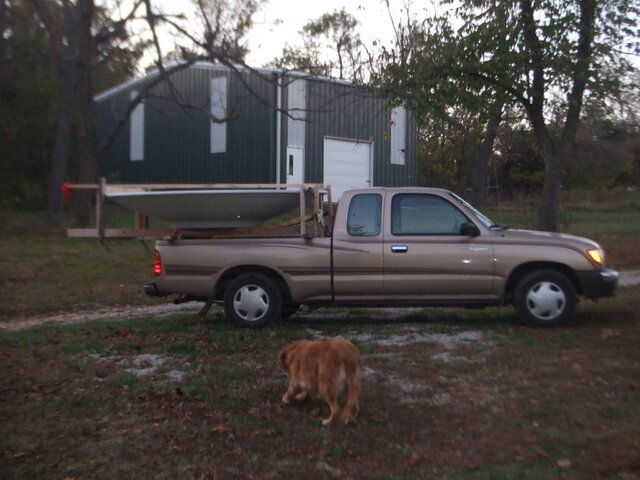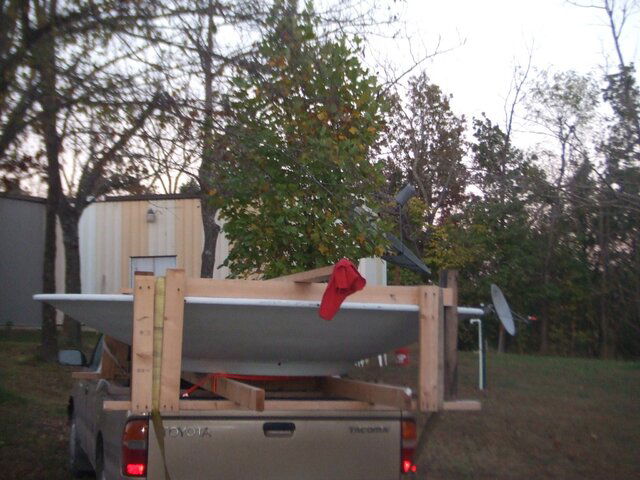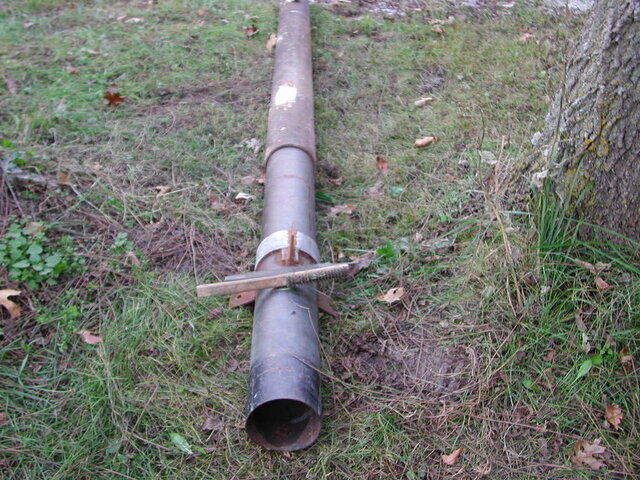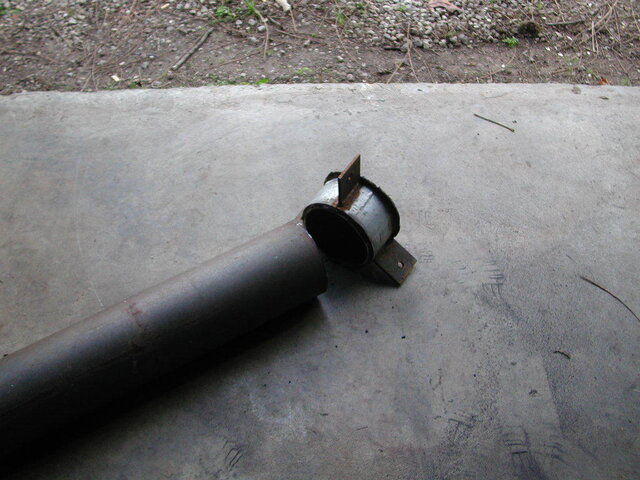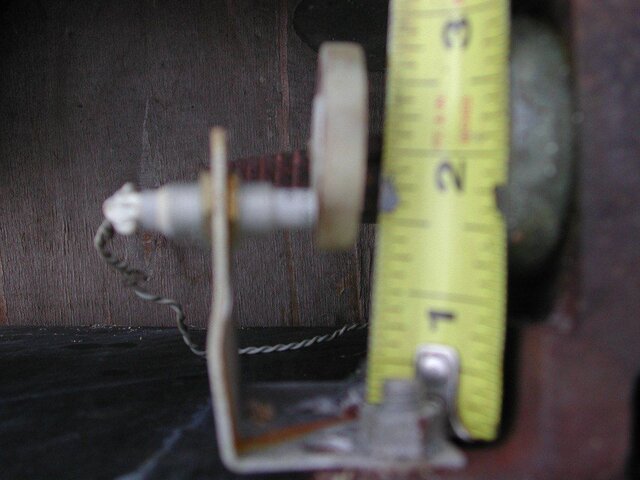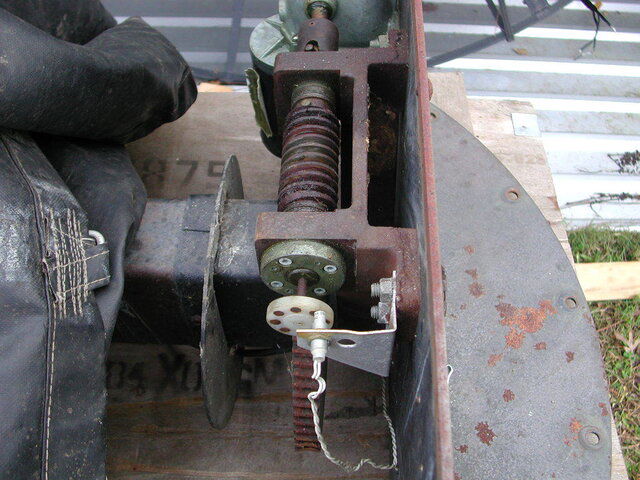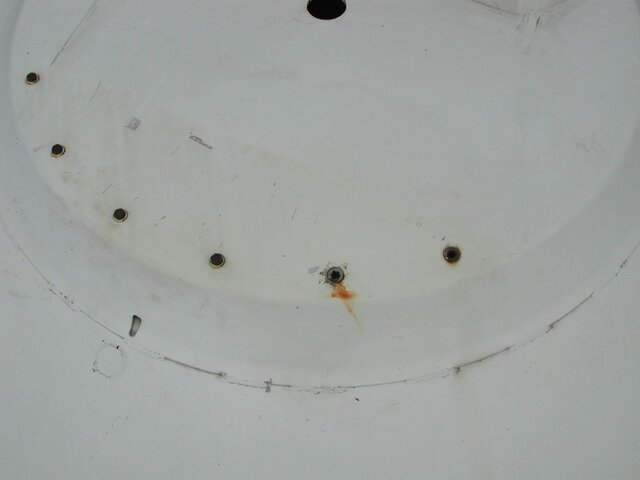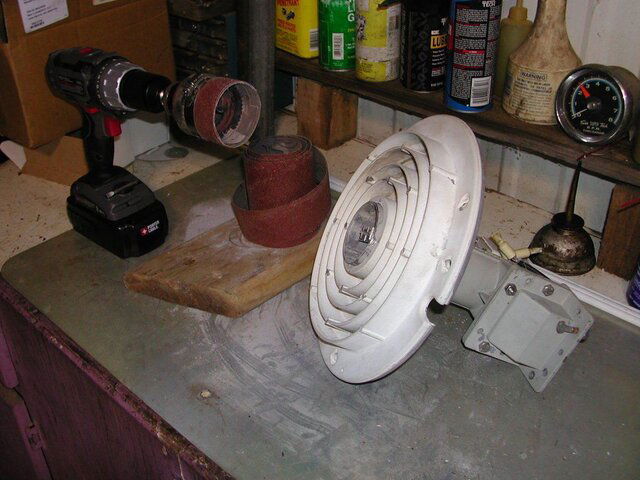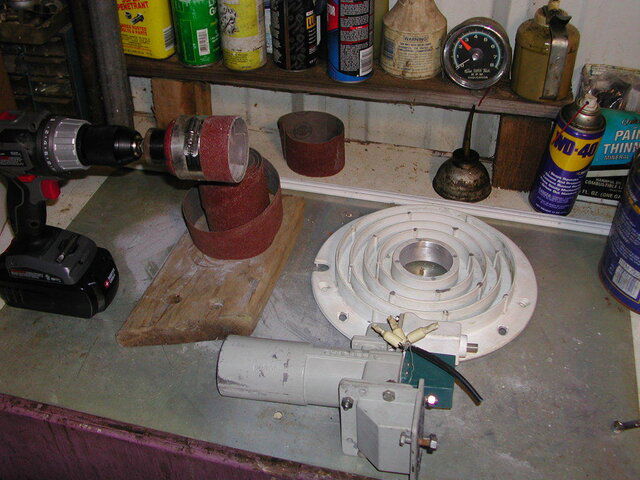This thread is to document my process/progress as I go about installing a Birdview Model AP 2028, 8'-6" solid satellite dish, on our farm is SW Missouri, U.S.A.
Comments, suggestions (and help digging the pole hole through about 4' of Ozarks roots, rock and clay) are welcomed.
I'm hoping to have the pole concreted in by the first of the year, we'll see how that goes.
Here's the dish as it appeared upon arrival after a road trip from Linuxman's abode:
Comments, suggestions (and help digging the pole hole through about 4' of Ozarks roots, rock and clay) are welcomed.
I'm hoping to have the pole concreted in by the first of the year, we'll see how that goes.
Here's the dish as it appeared upon arrival after a road trip from Linuxman's abode:


